3D Gaussian Splatting is shaking up how we create and use 3D models. Instead of relying on old-school methods like photogrammetry, it uses a clever approach with radiance fields—basically, a bunch of 3D Gaussian blobs—to build super realistic scenes fast.
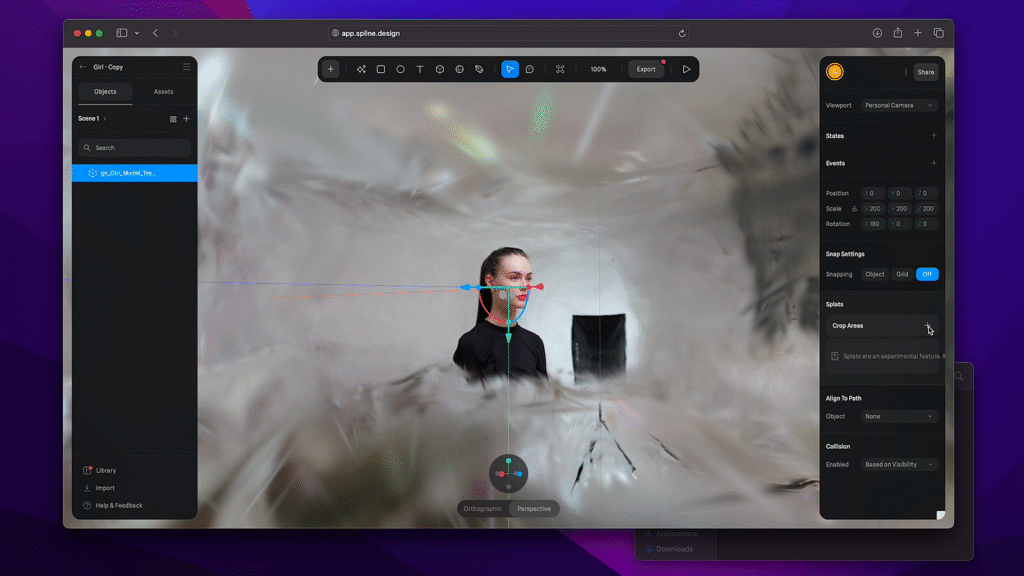
It’s catching on in all sorts of fields because it’s efficient and looks amazing.
Let’s explore some of the use cases…
Film and Virtual Sets
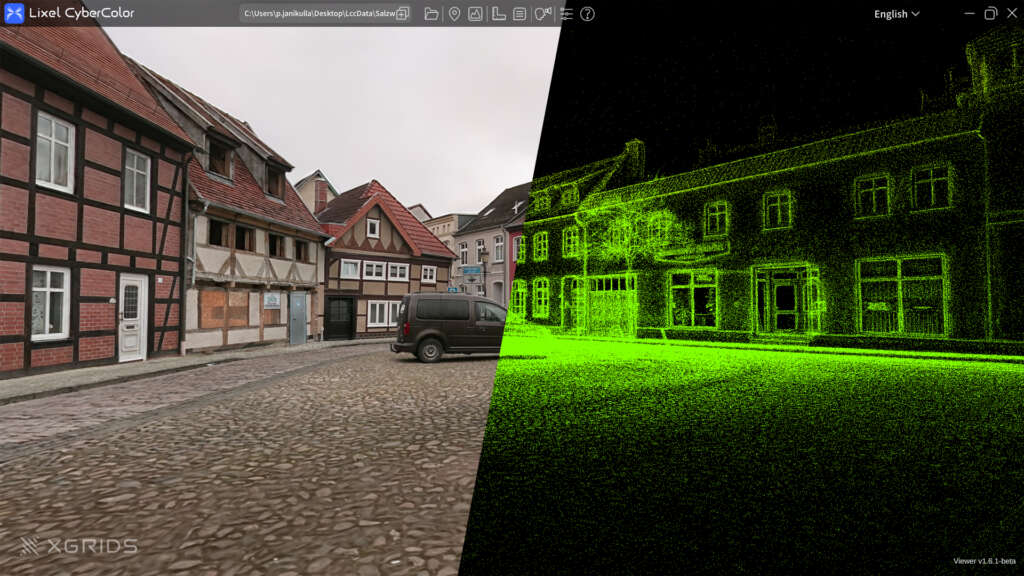
In Hollywood, 3D Gaussian Splatting is a game-changer for virtual production. Companies like Volygon, working with Amazon MGM Studios, are scanning entire film sets in under an hour to create digital versions that look real down to the tiniest detail.
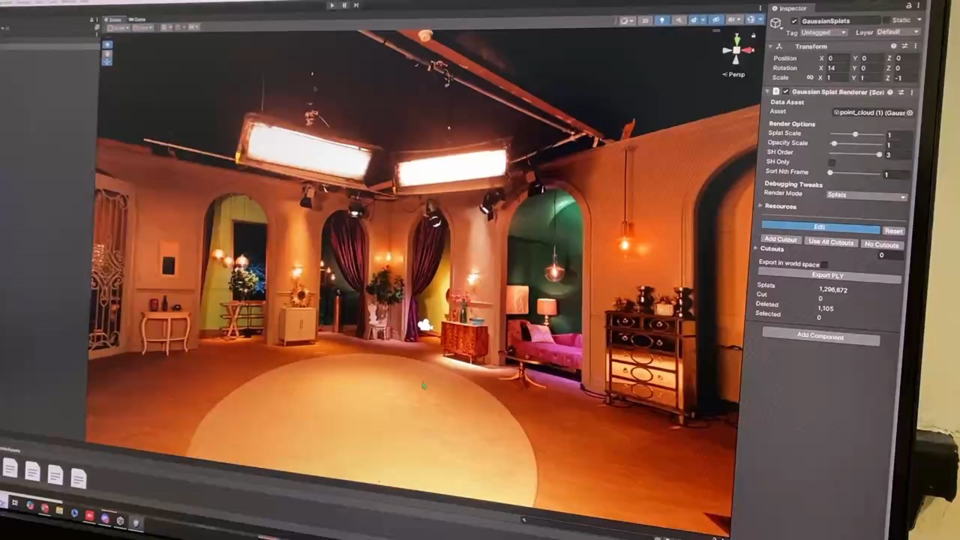
These scans blend perfectly with CGI, saving studios from expensive reshoots. Plus, new research into “4D Splatting” lets filmmakers add motion to these models, like for stop-motion animations, making it easier to create dynamic scenes with crazy realism.
Mapping and Digital Cities
For mapping and city planning, Gaussian Splatting is a big deal. Tools like Esri’s ArcGIS Pro are rolling out support for it by late 2025, letting planners build lifelike 3D models of cities, buildings, or even hospitals.
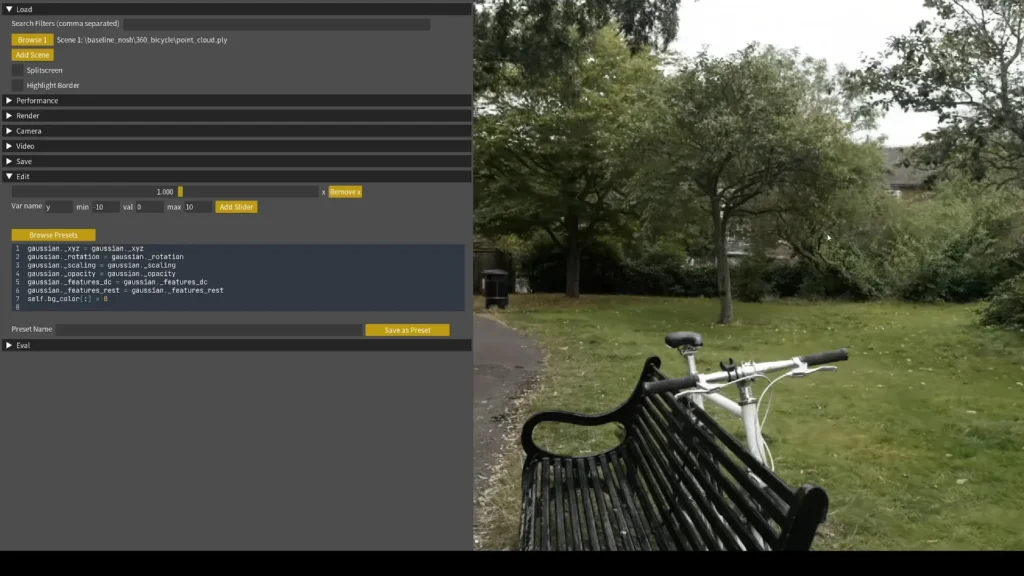

DJI’s drone software, DJI Terra, now uses it to turn aerial footage into detailed 3D maps, especially for tricky stuff like shiny surfaces or thick forests.
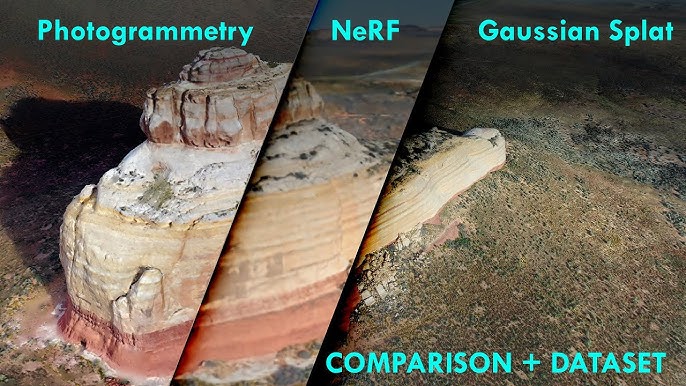
Companies like Cesium are pairing it with 3D Tiles to visualize entire urban areas in real time, while Hexagon mixes it with other data for smoother digital versions of real-world places.
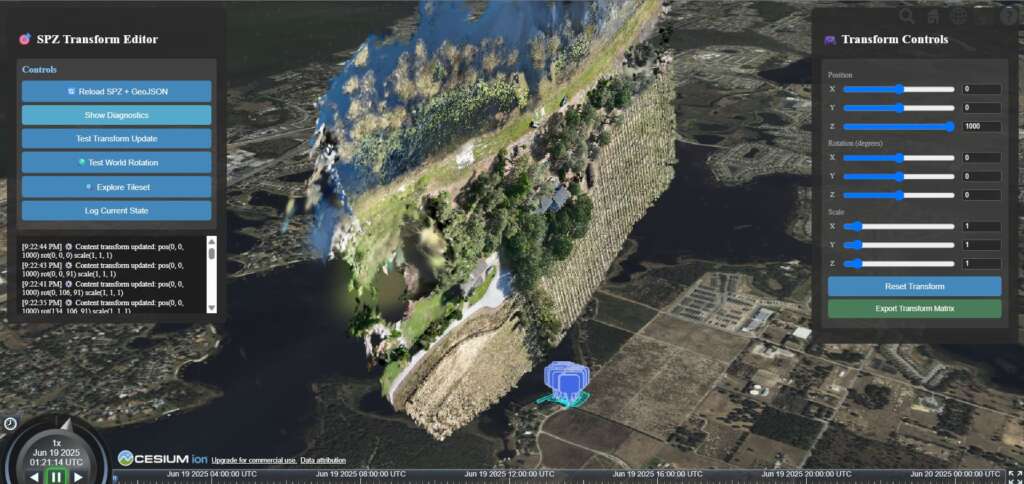
It’s helping with everything from urban design to disaster planning.
Gaming and VR/AR
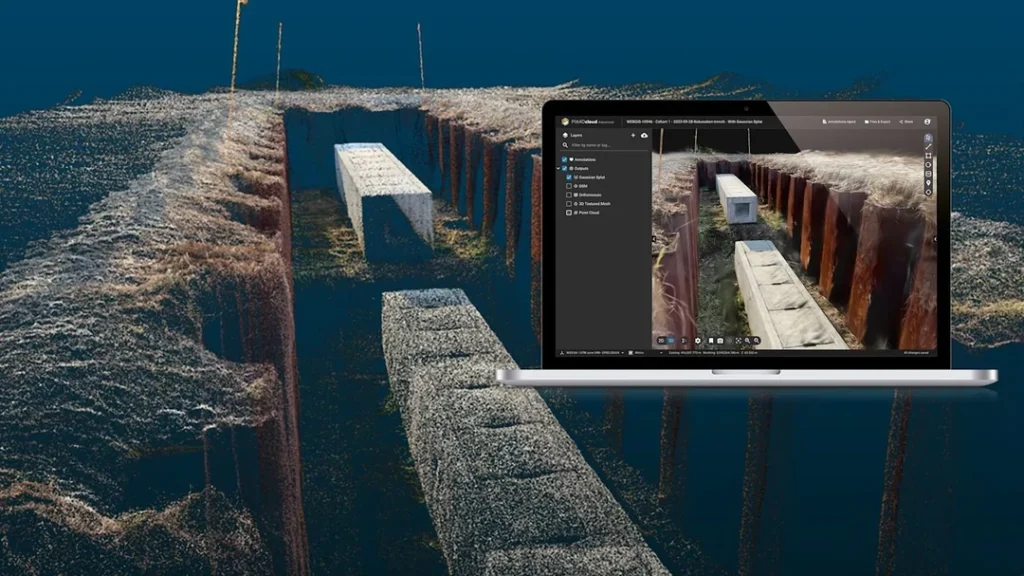
Gamers and VR fans are stoked about Gaussian Splatting because it delivers awesome visuals without strangling hardware. Niantic’s Scaniverse app lets anyone with a smartphone create 3D models and explore them in VR on Meta Quest headsets.
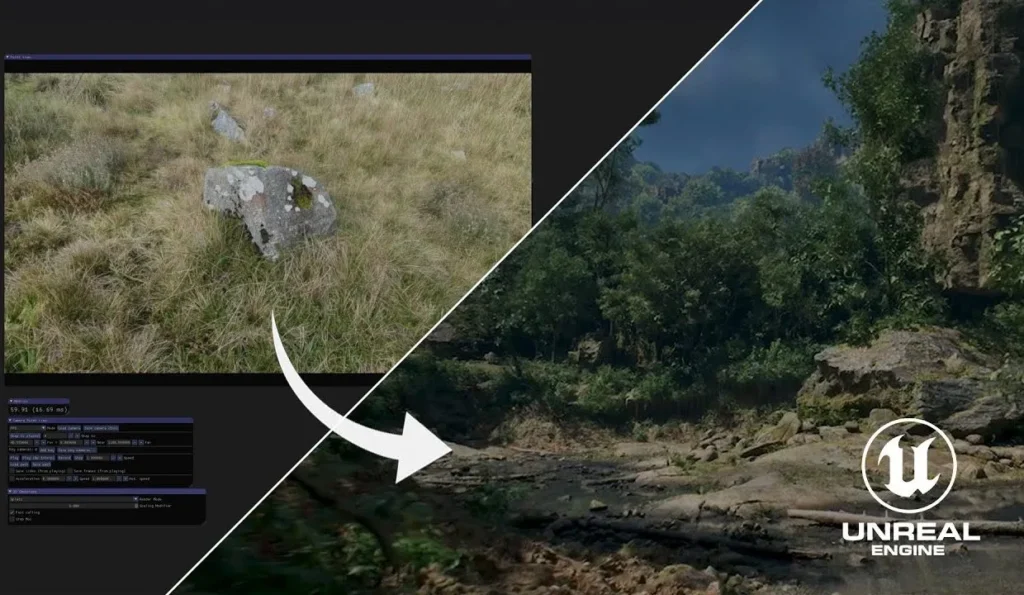
It’s a huge win for indie developers and hobbyists who want to make immersive AR or VR games without needing a supercomputer. Since it renders fast and keeps file sizes small, it’s perfect for next-level gaming and storytelling in virtual worlds.
Real Estate Walkthroughs
Real estate agents are jumping on Gaussian Splatting to create virtual tours that feel like you’re actually walking through a property.

Unlike older 3D models that could look flat or take forever to build, these tours capture every detail—think gleaming countertops or cozy lighting.
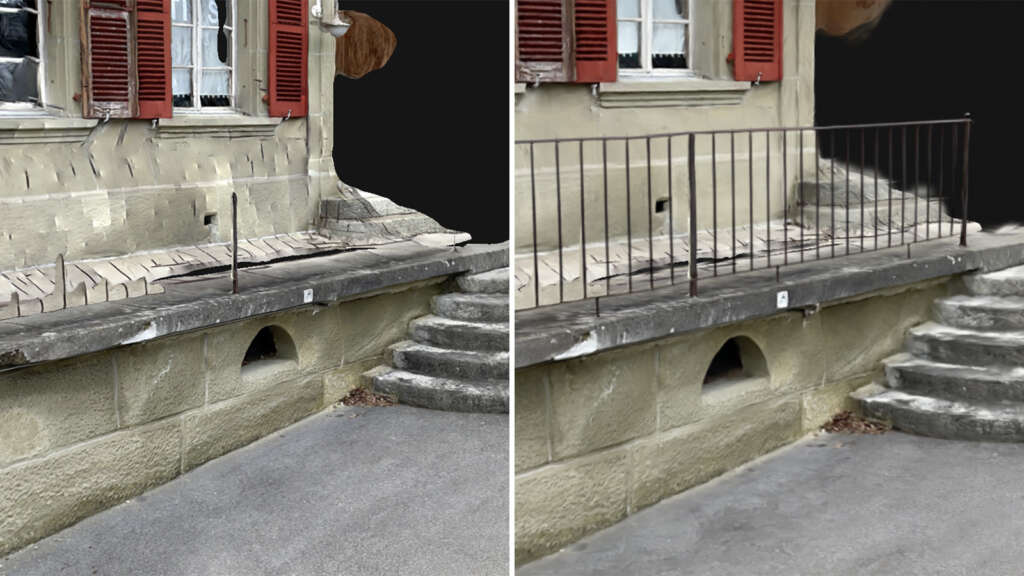
It’s a game-changer for remote buyers, and platforms like Scaniverse make it easy enough for smaller agencies to get in on the action. It’s all about giving buyers that “I’m there” vibe without leaving their couch.
Self-Driving Cars and Robots
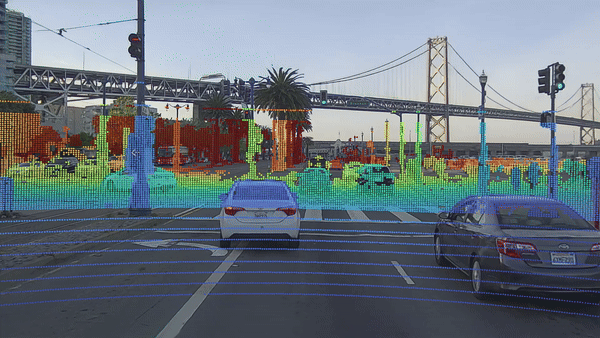
For autonomous vehicles and robots, Gaussian Splatting is helping build super accurate 3D maps of the world around them. It’s great for turning sparse sensor data into detailed environments for navigation, whether it’s a self-driving car dodging obstacles or a robot moving through a warehouse.
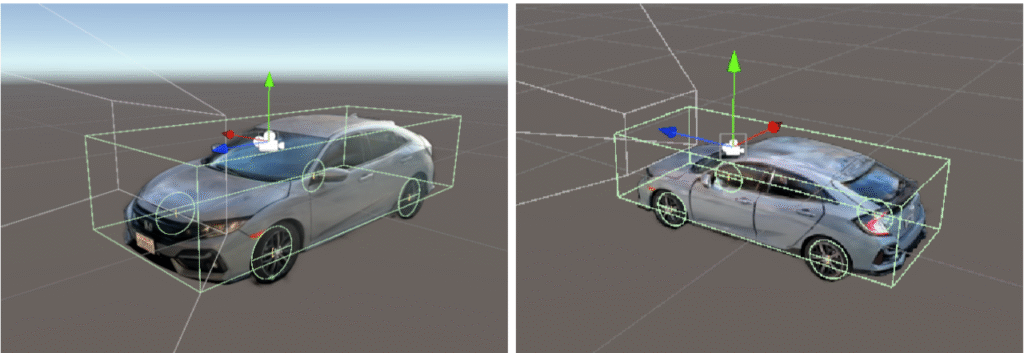
New tech like CL-Splats, rolled out in mid-2025, lets these systems update their maps on the fly as things change. Since the data is lightweight, it’s practical for real-time use in cars, drones, or delivery bots.
Factory and Infrastructure Checks
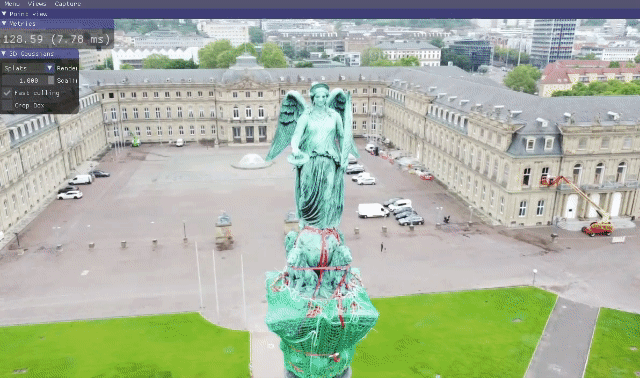
In industries like manufacturing or energy, Gaussian Splatting is making inspections easier by creating clear, realistic 3D models of equipment or buildings. These digital twins are so detailed that even non-experts can spot issues like cracks or wear.

It’s being used for everything from checking power plants to maintaining bridges, and platforms like Esri and Cesium are making it work for huge sites. It’s a safer, faster way to keep things running smoothly.
Video and Creative Projects
Creative folks are using Gaussian Splatting to turn shaky phone videos into smooth, professional-looking hyper-lapse clips, thanks to new AI tools like LongSplat.

It’s also being used to make volumetric videos—think 3D videos you can view from any angle—that run at 60 fps and don’t eat up storage. This is huge for filmmakers, YouTubers, and AR creators who want to push the boundaries of what video can do, from virtual tours to wild special effects.
What’s Next?
Gaussian Splatting is popping off because it’s fast, looks great, and works for so many things. But it’s not perfect yet—big datasets can be a pain to store, and tiny details like thin wires or shiny surfaces can still look wonky.
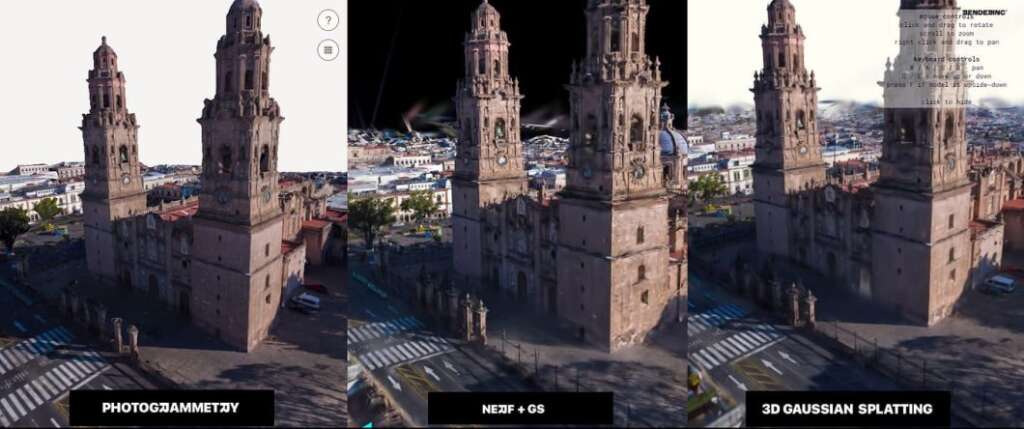
Groups like the Khronos Group are working on standards (like glTF extensions and Niantic’s SPZ format) to make it play nice with other tech. Looking ahead, expect even faster real-time rendering and AI tweaks to make it smoother. By 2026, it could be everywhere—from blockbuster movies to your next VR game.


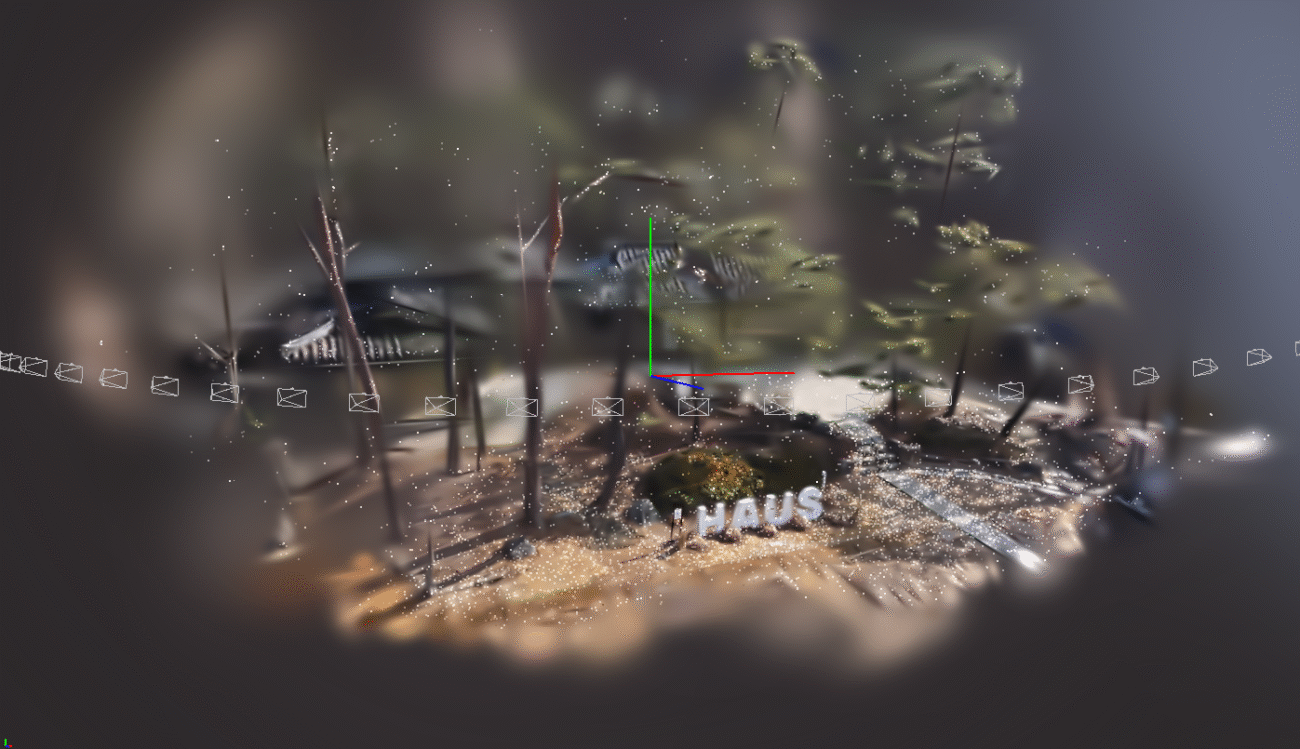
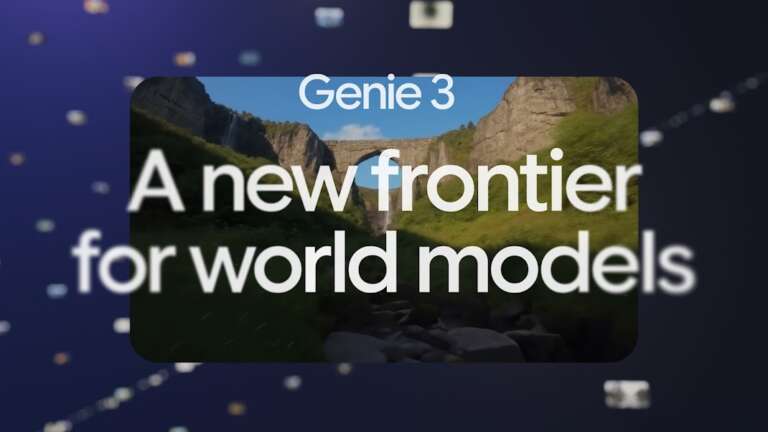
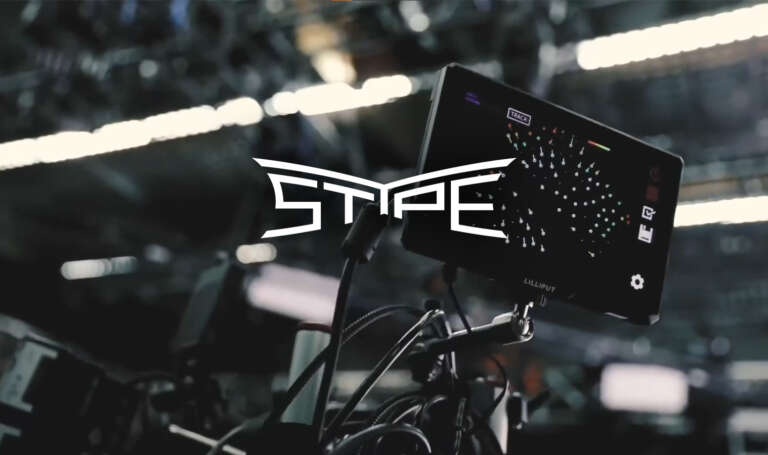
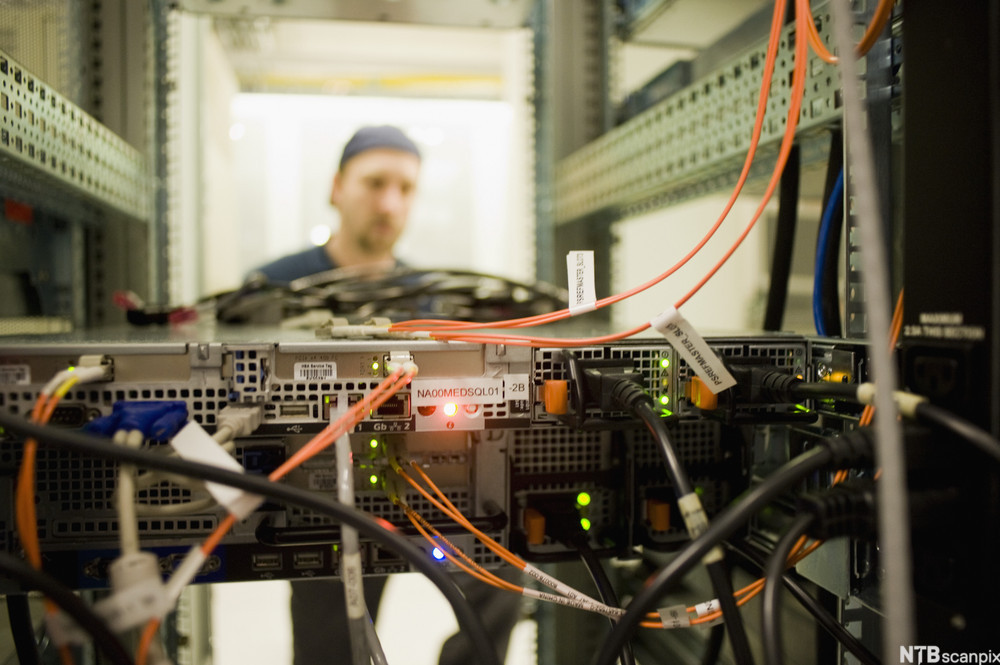

Leave a Comment